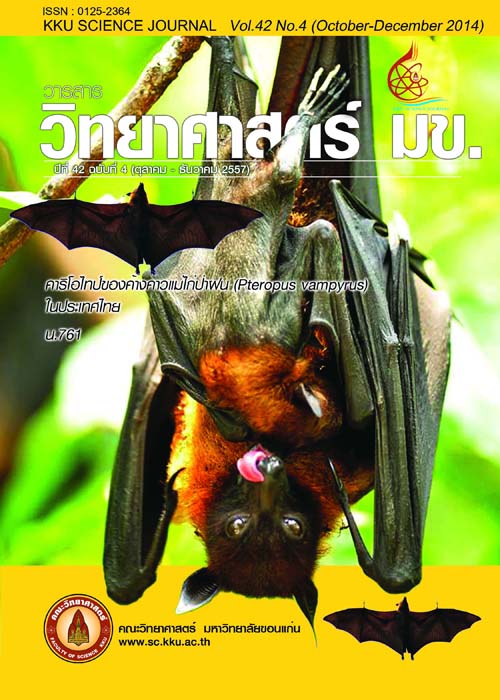Arsenic Phytoremediation in Soil and Sediment: Mechanism and Management
Main Article Content
Abstract
Arsenic has been widely used for many human activities resulting in environmental contamination and health risk. Then there are many solutions for arsenic remediation in environment. Phytoremediation is especially effective and friendly method. It consisted of 5 methods being 1. phytoaccumulation or phytoextraction 2. phytodegradation or phytotransformation 3. phytovolatilization 4. Phytostabilization 5. plant–assisted bioremediation. Many kinds of plants are allowed to treat arsenic including aquatic and terrestrial plants. Mechanisms of accumulation depend on arsenic forms. Pathway of arsenate accumulation transfers by phosphate transporter and arsenite are accumulated by using aquaporins/aquaglyceroporins channel. Factors of Arsenic accumulation and transportation depend on concentration and speciation arsenic as well as environmental conditions such as pH. Arsenic contaminated environment exhibit the decrease in their growth rate and reproduction. Moreover they change structure, physiology and function. Plants processes respond to arsenic include controlling oxidative stress by antioxidants, being hyperaccumulation and phytoextraction of arsenic, synthesizing phytochelatin, and changing in osmolytes content. Remediation methods of treated plants are compaction, energy production, and fermentation. In addition disposal strategy is secure landfill.
Article Details

This work is licensed under a Creative Commons Attribution-NonCommercial-NoDerivatives 4.0 International License.


